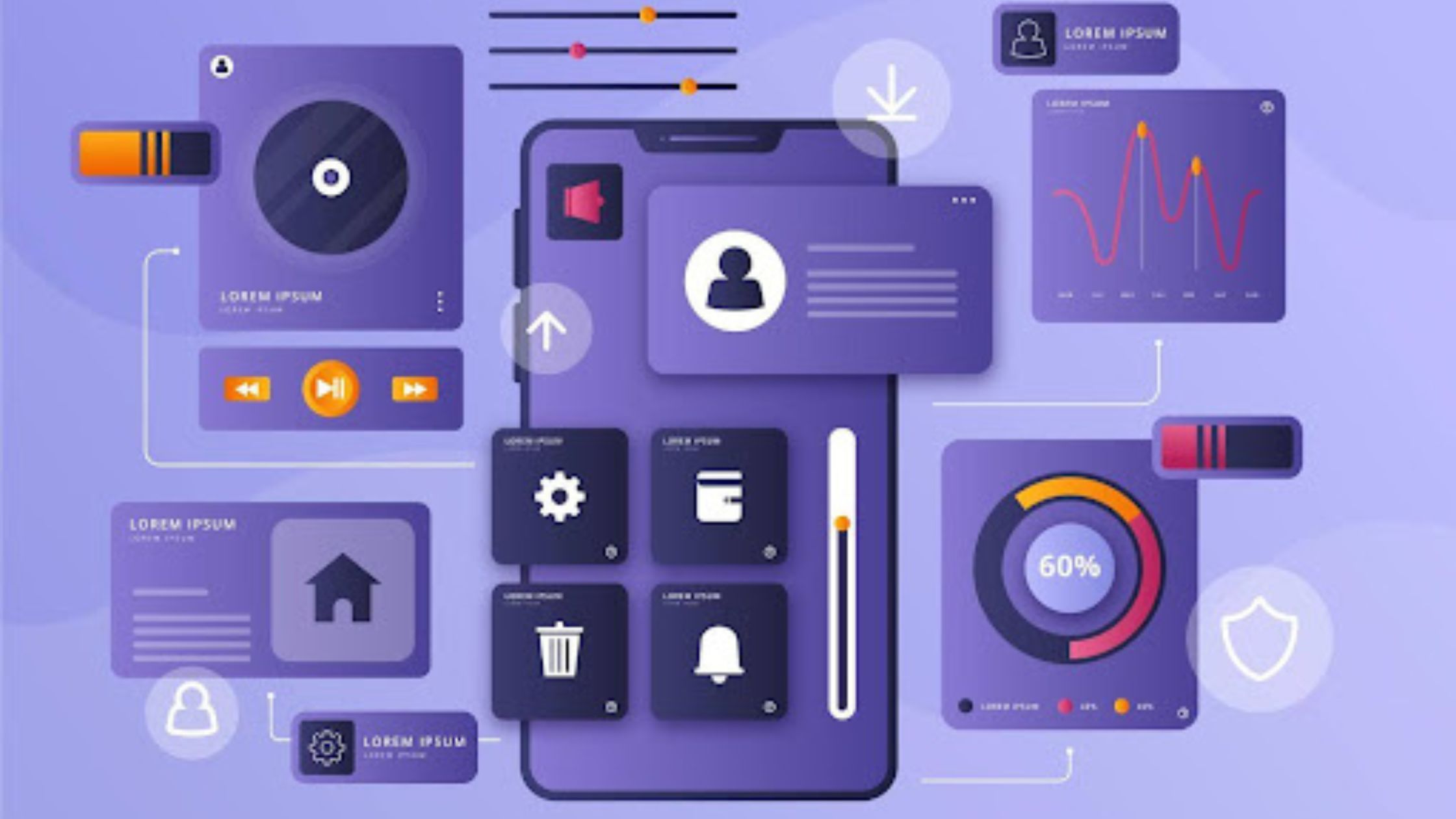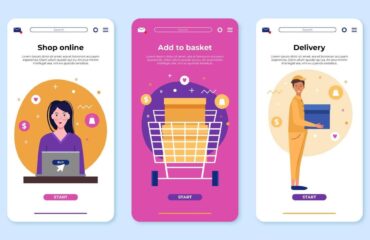
Creating seamless transitions and animations in UI design can significantly enhance the user experience by making interactions feel natural and engaging. Here are some essential tips to achieve this:
Comprehend The Reason For The Animations
Animations serve different purposes in UI design; they may guide users, give feedback, or make the interface look more beautiful. For example, when a user fills out a form, a small animation can confirm their action, making the process more understandable. Animations that guide users help highlight important elements or the next steps in a process.
- For example, a gentle bounce effect on a button can indicate it’s clickable. Providing immediate feedback through animations, such as changing the color of buttons when pressed, assures users that their actions have been noted.
- Finally, animations can add a layer of visual pleasure, making the interface more enjoyable to use and leaving a lasting positive impression.
Keep Animations Subtle
The secret behind efficient animation is minimalism. Attempting to fill your interface with numerous motions may disturb and confuse its audience. Instead, only employ essential animations so that you don’t overdo it. For instance, having a smooth transition while moving between tabs makes navigation feel fluid, thereby improving the flow.
- User experience calls for smooth transitions. Whenever animations are too fast or slow, they disrupt the interaction flow. The recommended duration for most animations is usually between 200ms and 500ms. This period is long enough to be noticeable but short enough not to cause any delays, allowing users to continue their tasks without interruption.
Consistency Is Key
Incorporating consistent animations leads to a united user experience. When all buttons in your application have similar hover effects, users will immediately recognize them as interactive elements.
- Using uniform presentation methods throughout the user interface helps build mental models for your design. Additionally, applying regular timing functions and easing curves is crucial.
- Easing functions like ease-in, ease-out, and ease-in-out govern the speed of animations, making movements appear more natural.
- Consistent application of these functions across different animations helps maintain predictability and prevents usability issues.
Focus On Performance
Performance is key. Suboptimal rendering can slow down interfaces, especially on lower-performance devices. Always optimize animations and use hardware acceleration where possible.
- For example, CSS animations and transitions can be hardware-accelerated, reducing their computational load and making them run faster than JavaScript-based animations. By optimizing your code, you enhance performance. Minimize the complexity of your animations and avoid causing layout recalculations, which can slow down the interface.
- Tools such as the CSS will-change property can inform the browser about upcoming animations, allowing it to optimize rendering performance.
Design For Accessibility
When designing UIs, always consider accessibility. Some users may be sensitive to motion, so offering a low-motion option is important.
- This can be accomplished through a setting where animations are decreased or turned off entirely for those who prefer less movement. Additionally, ensure that critical actions have alternative feedback mechanisms.
- For instance, if pressing a button triggers an animation, change its color or text during the process as well. This ensures all users have equal access to information on your UI, regardless of their needs or preferences.
Prototyping And Testing
The first step towards implementing animations in your live app is prototyping and testing them out. Tools like Figma, Adobe XD, and Principle can be used to create interactive prototypes and demonstrate how animations will work in the final product. These tools help you experiment with different animation styles and gather feedback before committing to a design.
- Refine your animations by conducting user testing. Tests with real users reveal how they interact with animations and provide feedback on their effectiveness. This allows you to identify any problems or areas for improvement, ensuring your animations serve their purpose effectively.
Examples Of Effective UI Animations
Effective UI animations include loading indicators, hover effects, and page transitions. Loading indicators show that content is being loaded, keeping users informed about ongoing background processes. Hover effects provide immediate feedback when users interact with elements, enhancing the interactivity experience. Page transitions ensure smooth navigation between different sections, maintaining context and improving the flow of the interface.
Tools For Making Animations
To create animations, there are multiple tools you can use. Basic web technologies such as CSS and JavaScript form the foundation for simple animations.
- There are advanced features and performance optimizations offered by libraries like GreenSock and Anime.js for more complex requirements in making easier animation work with better efficiency. Some other useful prototyping tools are Figma, Adobe XD, and Sketch which enable one to create an animated design or test it.
- These tools allow you to come up with detailed prototypes and play around with different types of animation before including them in your final design.
Final Thoughts
UI designs with smooth transitions and animations can transform an interface, making it easier to comprehend and more enjoyable to use. By following these guidelines, you can create animations that add value to your users without hindering performance or accessibility.
Ready To Elevate Your UI Design?
At AlgoRythm Solutions, we specialize in creating visually appealing, dynamic, yet user-friendly interfaces. Our team of experts is on hand to help you incorporate seamless transitions and animations into your UI design for a polished, professional user experience.
Contact us today to get started on your next project! Get in Touch


